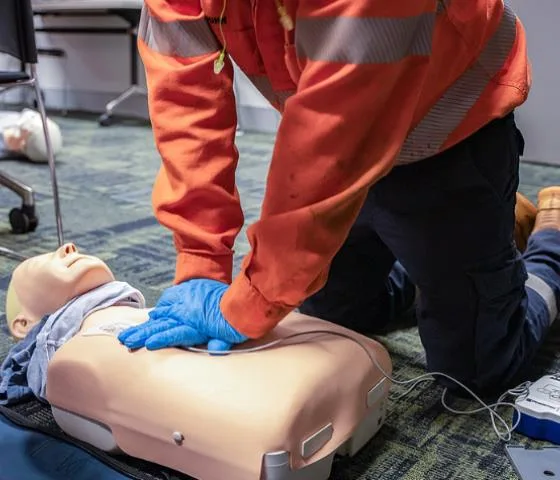CPR (Cardiopulmonary Resuscitation) is a lifesaving technique that can dramatically increase the chances of survival after sudden cardiac arrest. Immediate and proper CPR can double or even triple a person’s chance of survival, making it one of the most essential skills for everyone to learn.
Why CPR is Critical
Cardiac arrest causes the heart to stop pumping blood, cutting off oxygen to the brain and vital organs. Without prompt action, brain damage or death can occur within minutes. CPR keeps oxygenated blood flowing, buying crucial time until emergency medical help arrives.
When to Perform CPR
You should begin CPR immediately if a person:
- Is unresponsive and not breathing normally
- Has no detectable pulse
Common causes of cardiac arrest include:
- Sudden heart failure
- Drowning
- Choking
- Electric shock
- Traumatic injury
Step-by-Step Guide: How to Perform CPR (Adults)
1. Check the Scene and the Person
- Ensure the area is safe for you and the victim.
- Tap the person and shout loudly: “Are you okay?”
2. Call for Emergency Help
- Dial emergency services or instruct someone nearby to call.
- Retrieve and prepare an AED (Automated External Defibrillator) if available.
3. Assess Breathing and Pulse
- Look for chest movement, listen, and feel for breathing.
- Check for a pulse for no longer than 10 seconds.
4. Begin Chest Compressions
- Place the heel of one hand on the center of the chest, with the other hand on top.
- Keep arms straight and shoulders directly over hands.
- Push down at least 2 inches (5 cm) at a rate of 100–120 compressions per minute.
- Allow full chest recoil between compressions.
5. Provide Rescue Breaths (if trained)
- After 30 compressions, give 2 rescue breaths.
- Tilt the head back and lift the chin.
- Pinch the nose, seal the mouth, and blow for about 1 second, watching for chest rise.
6. Continue CPR
- Repeat cycles of 30 compressions and 2 breaths.
- Do not stop until medical professionals arrive, an AED is ready, or the person begins breathing on their own.
Hands-Only CPR: What to Do If You’re Not Trained
If you’re not trained in rescue breathing:
- Perform continuous chest compressions at a rate of 100–120 per minute.
- Hands-only CPR is simple, effective, and significantly better than doing nothing.
Final Thoughts
Learning CPR can turn you into a lifesaver. Whether it’s for a loved one, a coworker, or a stranger, your quick action could mean the difference between life and death. Consider getting certified in CPR and first aid to be fully prepared for emergencies.




+ There are no comments
Add yours